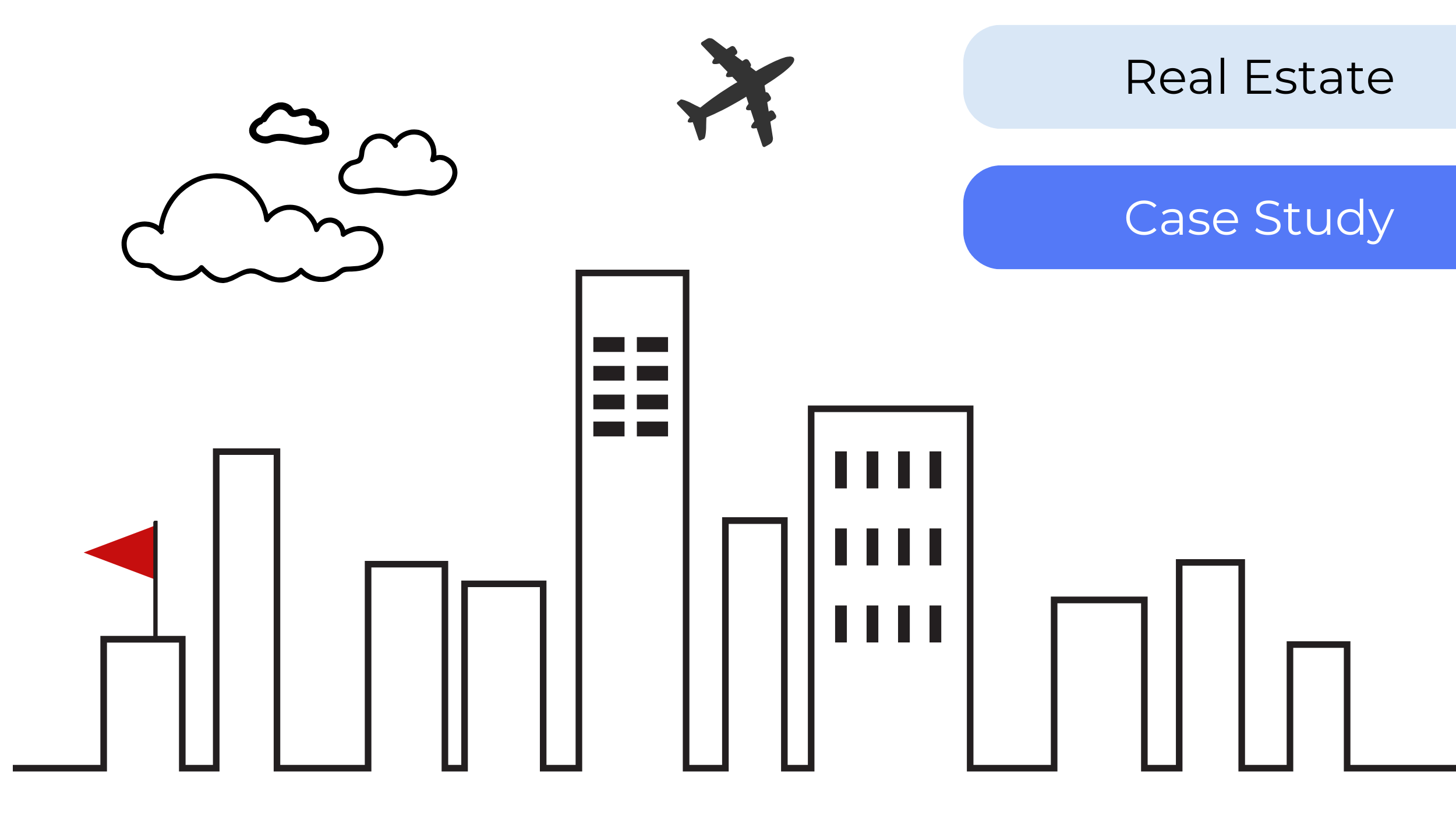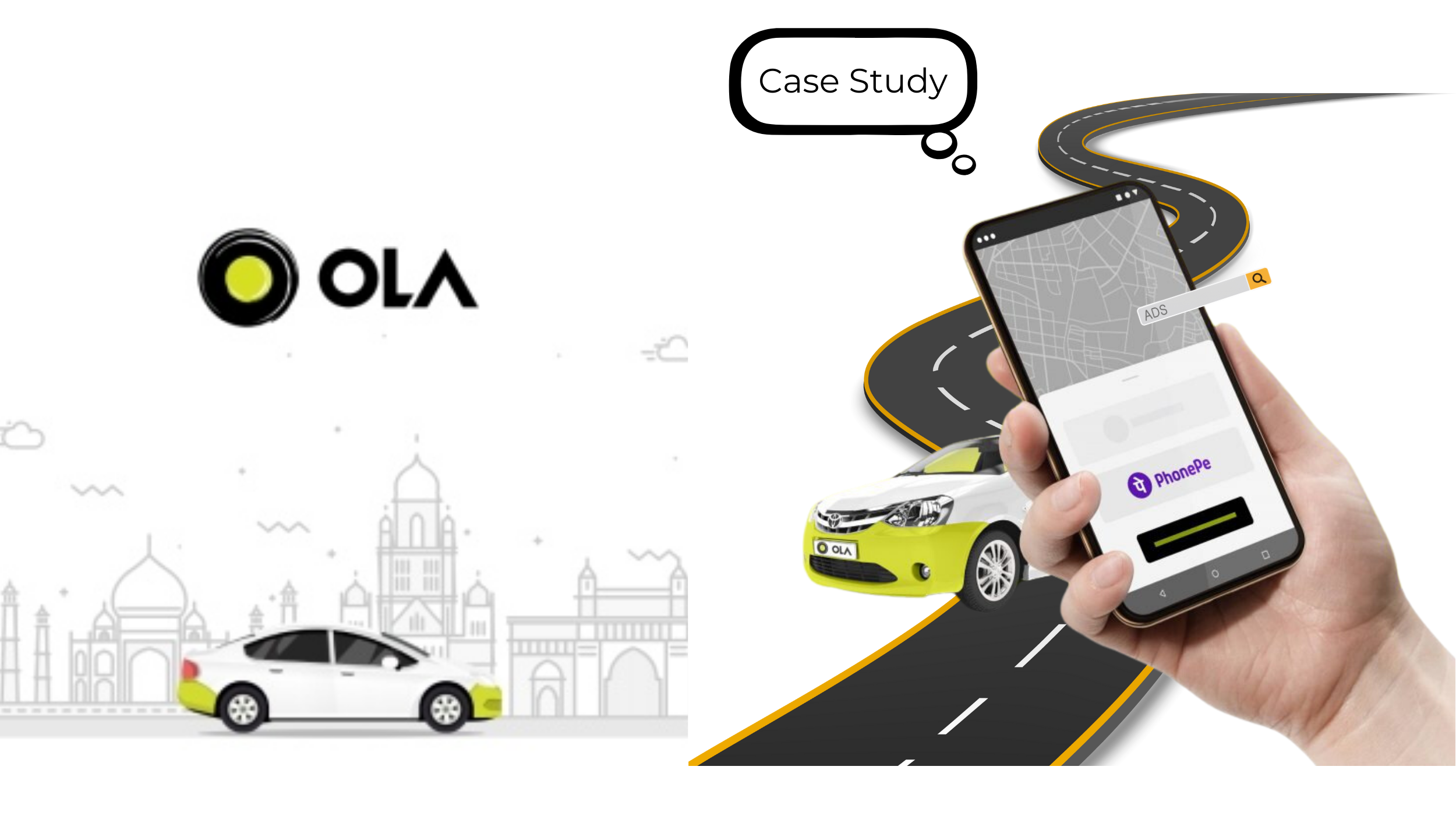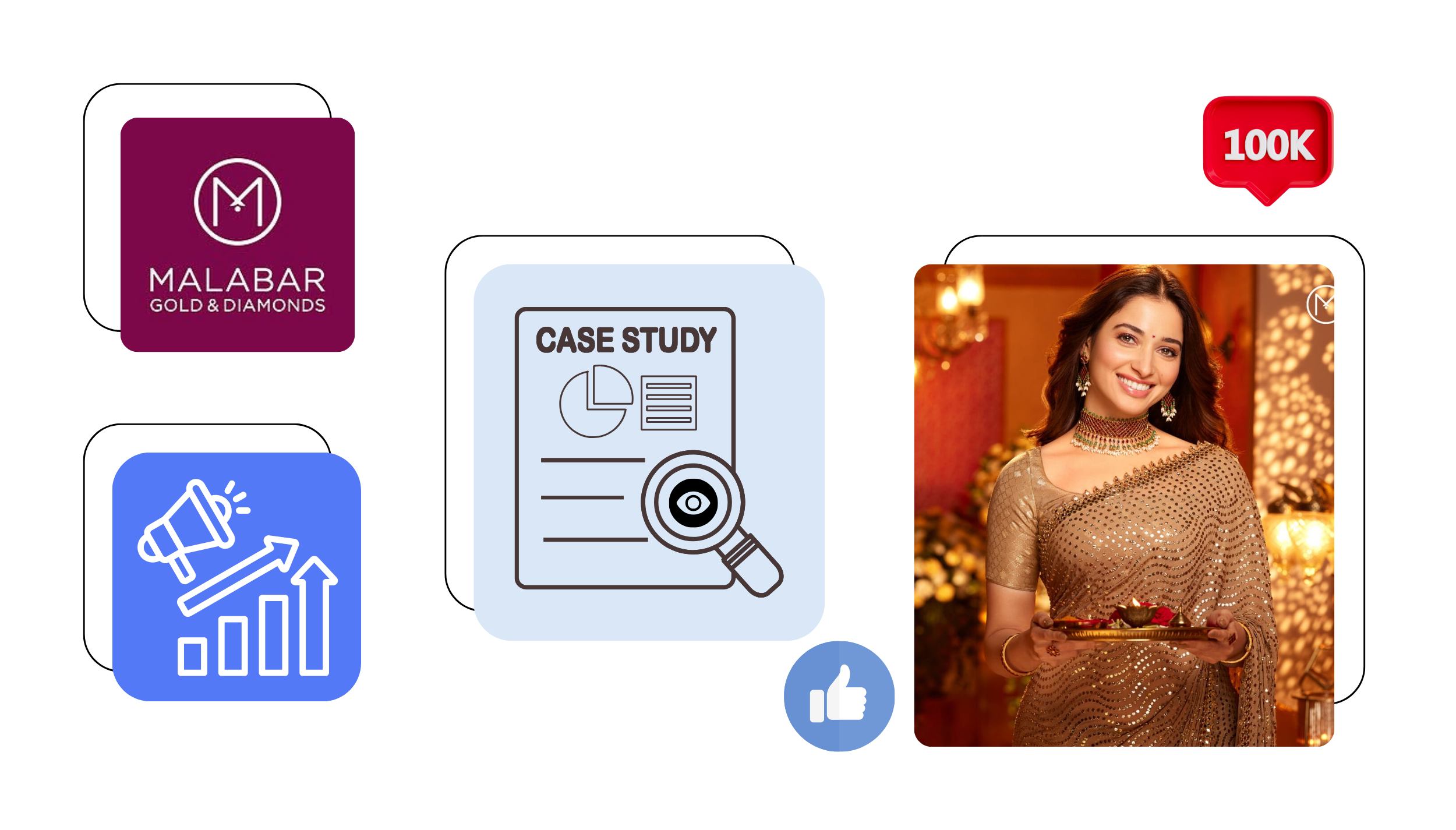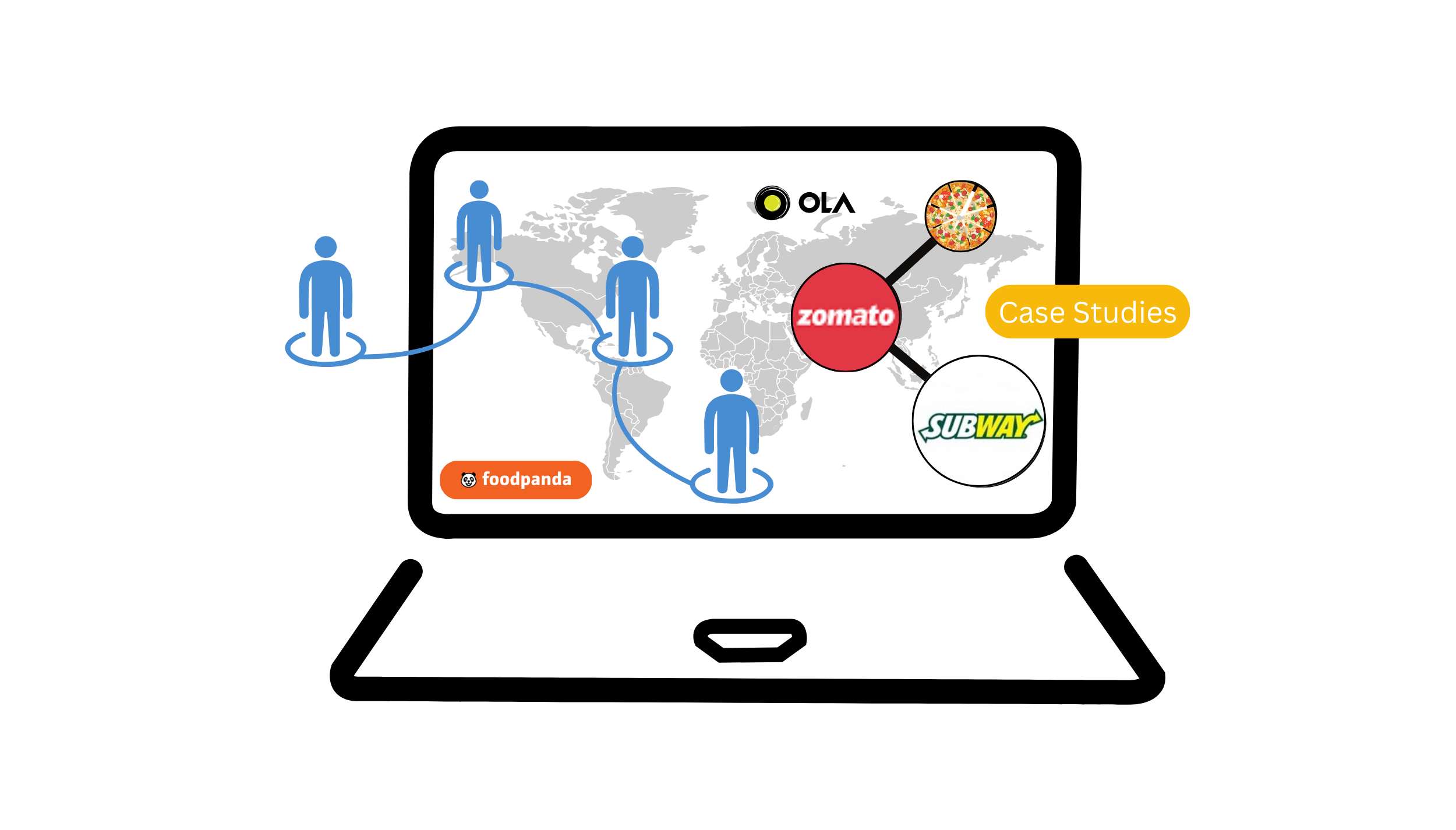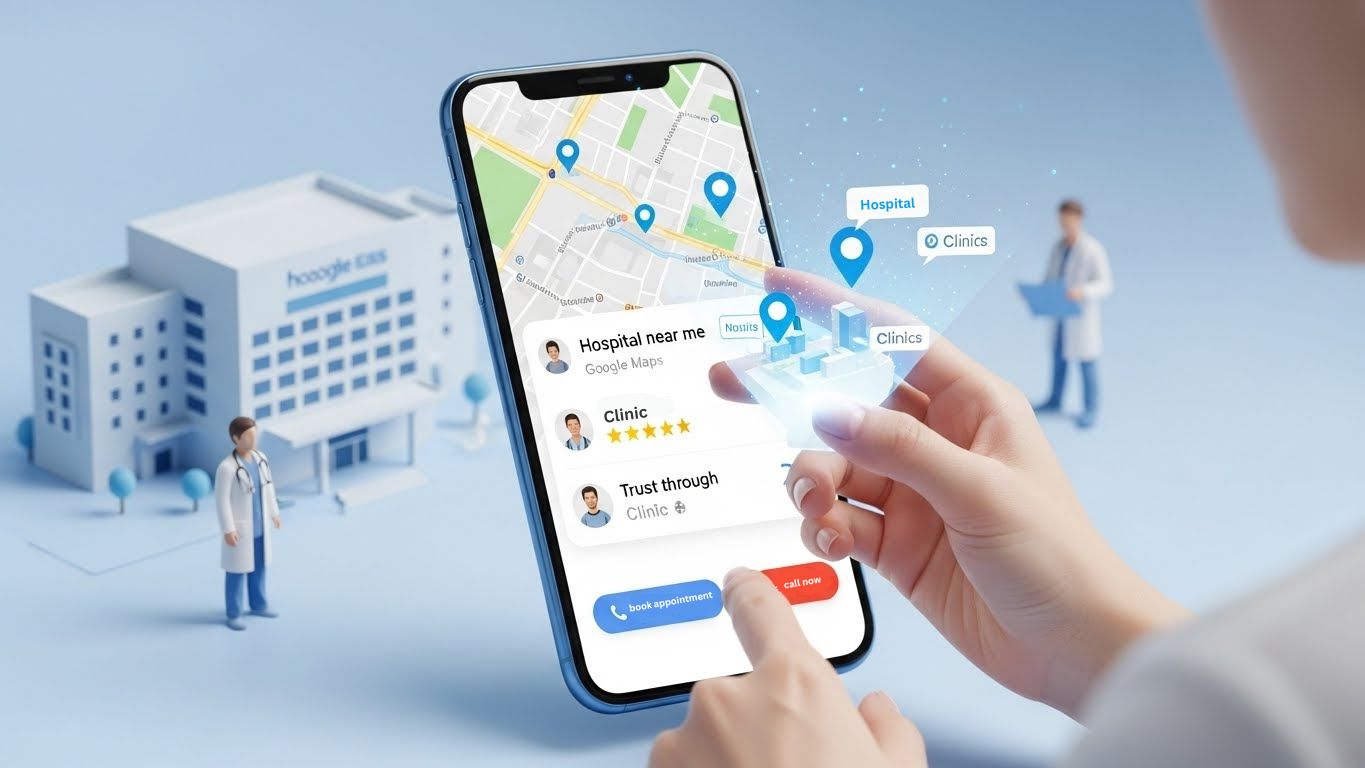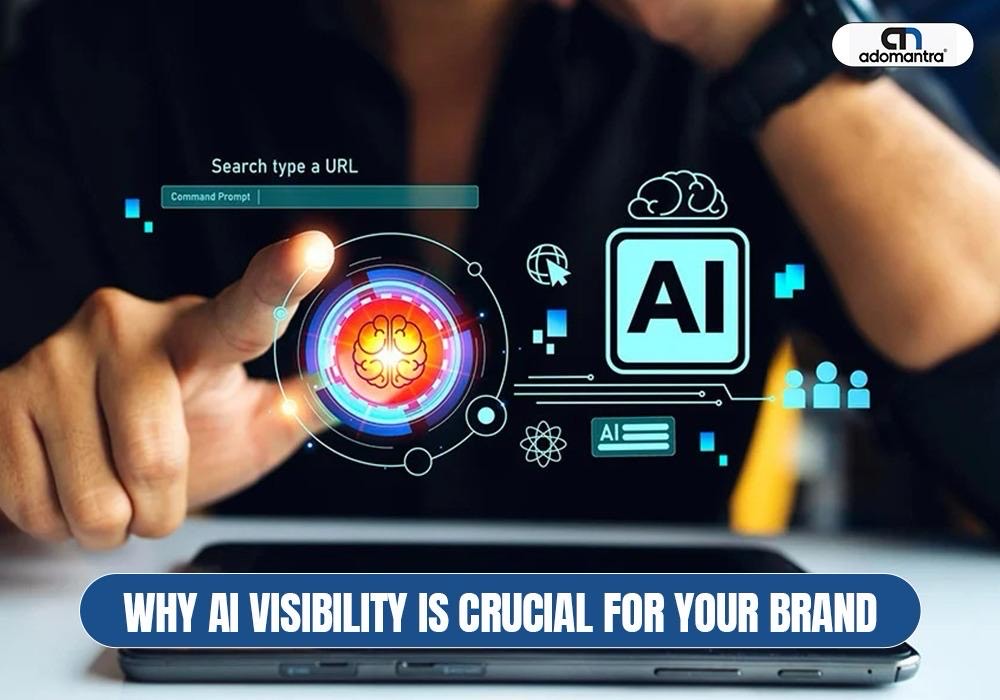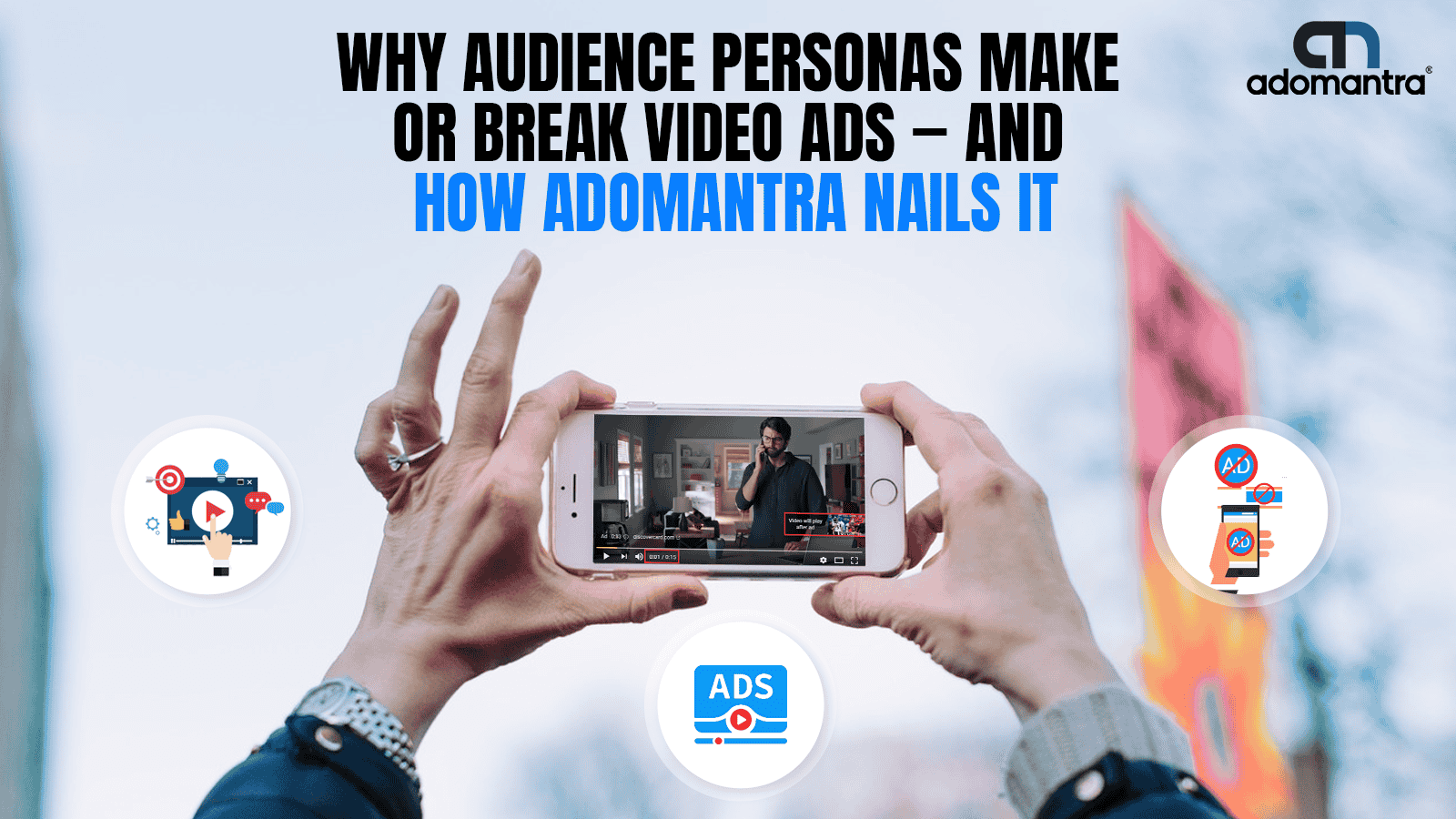Adaptive design is a web development approach where the website's layout and elements adjust to different screen sizes and browsers. Instead of a single flexible design, adaptive design uses predefined layouts that 'snap' into place at specific breakpoints, delivering a tailored experience for various devices like desktops, tablets, and smartphones. This ensures content remains legible and interactive, optimizing usability across diverse viewing environments.
Frequently Asked Questions
Q1. How does adaptive design differ from responsive design, and when should I choose one over the other?
A1. Responsive design flexes fluidly, while adaptive design uses fixed layouts for specific screen sizes. Choose adaptive when you need more control over the user experience on distinct device categories, rather than continuous fluidity.
Q2. Does implementing adaptive design primarily benefit user experience, or are there SEO advantages too?
A2.It significantly benefits user experience by ensuring readability and functionality. For SEO, it prevents issues like horizontal scrolling or unclickable elements that could lead to poor user signals, indirectly aiding rankings.
Q3.What are "breakpoints" in the context of adaptive design, and how are they determined?
A3. Breakpoints are specific screen widths where the website's layout changes to a predefined version. They are typically determined by common device screen sizes (e.g., mobile, tablet, desktop) or content-driven needs.
Q4. Can adaptive design impact website loading speed, especially on mobile devices?
A4. Yes, if not optimized. Each adaptive layout might load different assets. Proper optimization, including image compression and selective loading, is crucial to maintain fast loading speeds across all device types.

